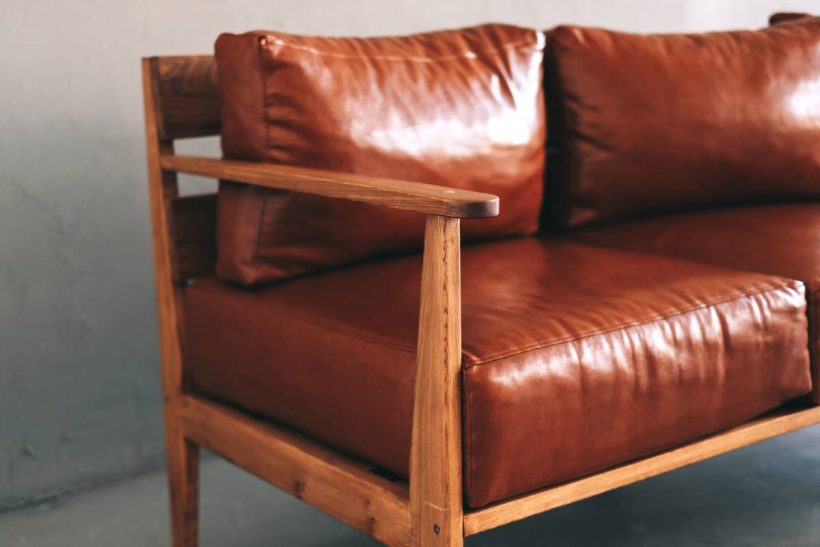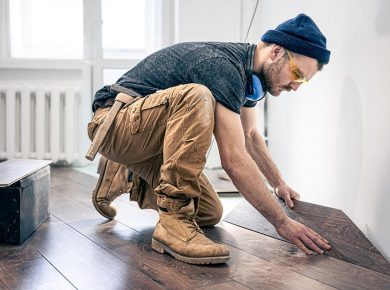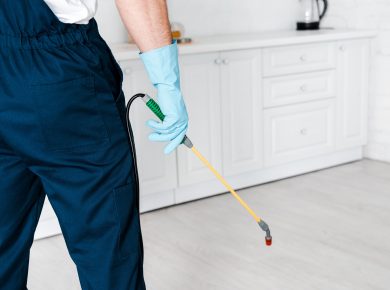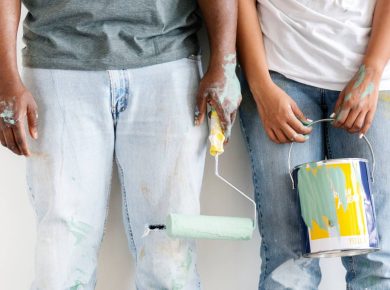When considering new furniture for your living space, it’s crucial to think about how long it will endure. If you’re wondering about the lifespan of a leather sofa, there are several factors to keep in mind.
How Long Does a Leather Sofa Last?
Leather sofas are a timeless choice and generally last much longer than those made of fabric. However, before making a purchase, it’s essential to consider the type and quality of the leather, the overall craftsmanship, and the maintenance required. These factors will determine whether your leather sofa will stand the test of time and become a cherished piece passed down through generations.
On average, leather sofas are highly durable and can last approximately 15 to 20 years, compared to about 5 years for fabric sofas. Quality plays a significant role in the longevity of a leather sofa. Superior, top-grain leather products often have a lifetime of durability, while cheaper alternatives, especially faux leather, may start falling apart within a few years, ultimately costing you more in the long term. So, when it comes to investing in a leather sofa, it’s wise to prioritize quality to ensure a lasting and valuable addition to your home.
What Affects the Lifespan of a Leather Sofa?
There are three main factors that determine how long your leather sofa will last.
Quality The quality of the leather
Let’s break down the main types:
- Full-grain leather is the best quality, coming from the top surface of the hide without any alterations. It’s tough, showcasing natural markings from the animal’s life. Renowned brands like Gamma & Dandy offer durable options like the Swing sofa for a lasting and distinguished living space.
- Top grain leather is also from the upper hide, buffed and sanded to remove imperfections. It’s then imprinted with a grain-like pattern and coloured for uniformity. Although thinner than full-grain, it’s still a great choice for longevity.
- Nubuck is top-grain leather with a suede-like appearance. It’s durable and water-resistant but doesn’t last as long as full-grain or top-grain. If you’re on a budget, it’s a reasonable option.
- Split-grain, bonded leather, and suede are highly processed and have the shortest lifespan. Consider them only if budget constraints are severe. However, it’s advisable to save up for a more worthwhile investment and avoid these options altogether.
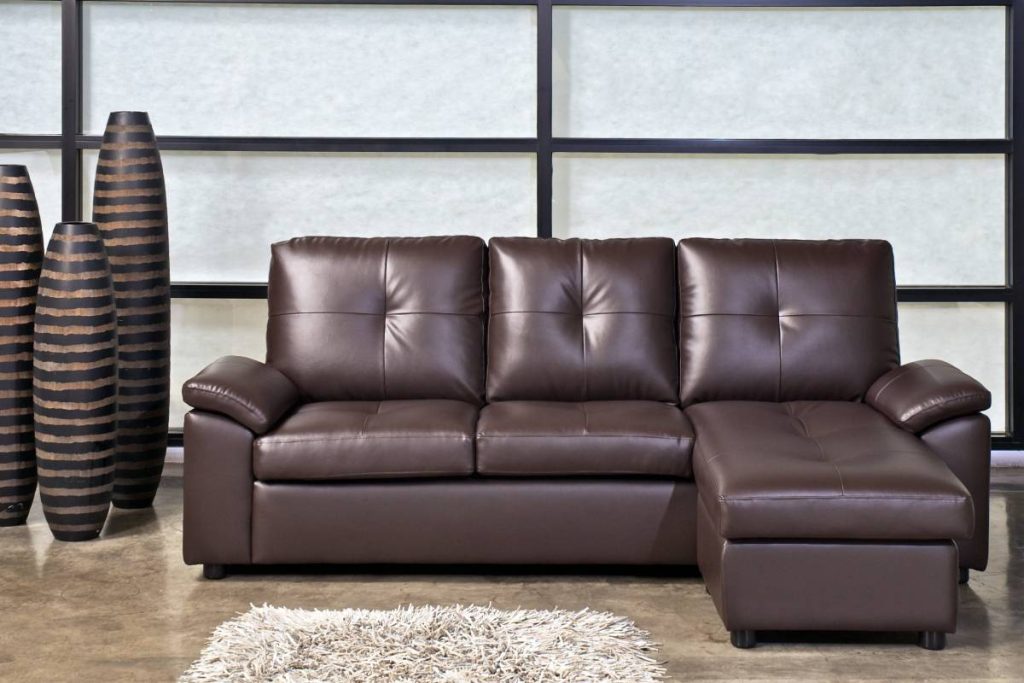
Lifestyle
Your way of life also affects how long your leather sofa will last. If you have kids or pets and your sofa is in a busy area, think about getting a semi-aniline leather product.
This means the leather has been treated with pigments to protect it from the inevitable spills and mishaps of daily life. While it might not be as flexible as full-grain leather, it can withstand family activities and requires less maintenance.
Maintenance
Taking good care of your luxury leather sofa is essential for its long-term durability. Always follow the manufacturer’s care instructions to get the most out of your purchase.
Here are some tips to keep your leather sofa in top shape:
- Dust it weekly with an upholstery brush or vacuum cleaner.
- Wipe away stains gently using mild soap, warm water, and a microfiber cloth. Buff the surface with a clean, dry cloth afterwards.
- Leather, like our skin, benefits from regular treatment with professional care products such as commercial leather conditioners. This helps maintain its suppleness.
- Keep the sofa away from direct sunlight and heat to prevent cracking and fading. While wear and tear are inevitable, promptly cleaning spills and proper care can preserve your leather furniture for a very long time.
Signs Your Leather Sofa Might Need Replacement
If you’re not sure what to watch out for when considering if it’s time to replace your leather sofa, here’s a checklist.
- Visible cracks:
- Description: Cracks in the leather are a common sign of deterioration. Small cracks can often be fixed by a professional, but larger ones may necessitate getting a new sofa.
- Peeling:
- Description: Peeling can happen due to poor leather quality, and fixing it is usually a temporary solution.
- Loose stitching:
- Description: If you notice loose stitching, it’s a clear sign that your sofa needs some attention. Ignoring it may lead to the need for a full replacement.
- Sagging seats:
- Description: Over time, leather sofas can sag, indicating that the padding in the cushions needs attention. Differentiate this from pooling, a natural ageing process. Check our article on creasing and pooling in leather sofas for more insight.
- Mechanical faults:
- Description: Recliners may experience mechanical failures. Finding the fault can be tricky, and repairs depend on the issue. Call a professional promptly if you notice any problems.
- Discolouration:
- Description: If your sofa’s colour has changed to the point where it’s no longer acceptable, it’s time to consider shopping for a new one.
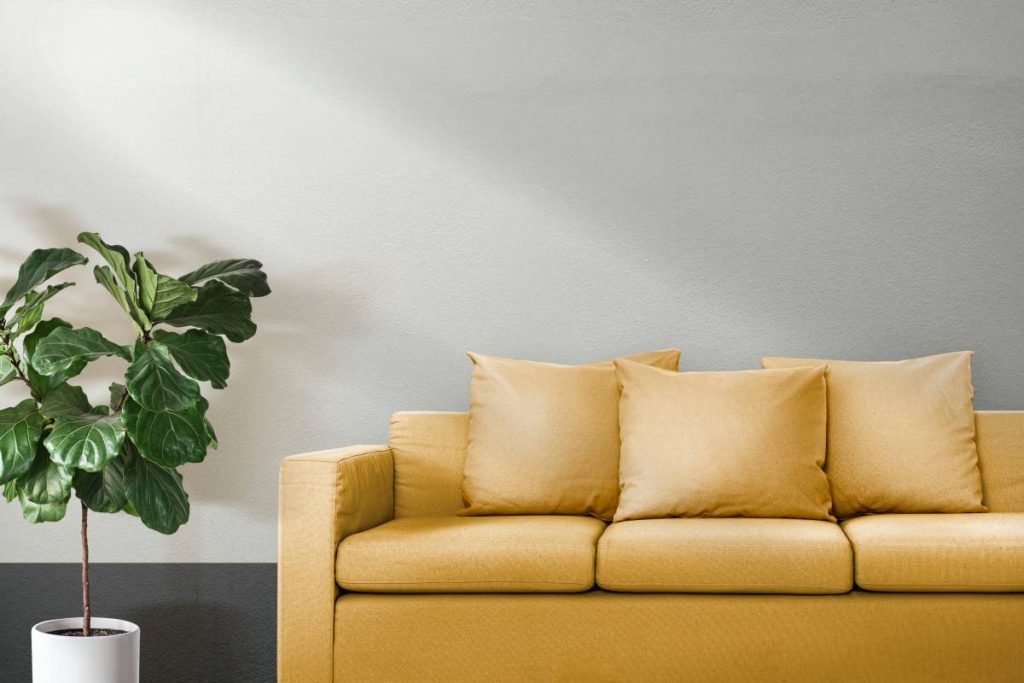
Comparing the Replacement Costs of Leather and Fabric Sofas
Determining the true cost of a sofa involves more than just the initial purchase price. Fabric sofas, on average, require ongoing maintenance, repairs, and eventual replacement over the years. These hidden costs need to be considered for an accurate total expenditure.
Consider the following points:
- Longevity:
- Leather sofas can last over 30 years, potentially becoming a cherished family heirloom. In contrast, fabric sofas may need replacing in as little as five years.
- Style and Trend:
- Leather sofas are timeless and always stylish. The colour, style, and pattern of fabric sofas may go out of trend, and they are more susceptible to damage in heavy-traffic areas. Quality leather is stain and tear-resistant, improving with age.
- Cost Comparison:
- While fabric sofas may be initially 5% to 25% cheaper than leather sofas of the same size, the durability, functionality, and longevity of your purchase should be carefully considered.
As experienced suppliers of luxury sofas, we recommend prioritizing the best quality your budget allows, with a preference for top-grain leather.
Tips for Purchasing a New Leather Sofa
Buying a new leather sofa can be exciting but overwhelming with various options available. Here are three tips to guide your decision:
- Choose a Reputable Furniture Shop:
- Opt for a well-established furniture store to avoid misleading information and ensure a reliable purchase.
- Check the Label:
- Examine the sofa’s label to understand its grain and quality. Phrases like “man-made” or “made with animal products” indicate it is not authentic leather.
- Use Your Senses:
- Authentic leather has a distinct smell, exhibits flaws and imperfections, and has a textured feel. In contrast, faux leather is smooth, shiny, and has a plastic-like odour. Trust your senses to distinguish between genuine and faux leather.
Conclusion
For the perfect sofa, consider longevity, quality, and maintenance. From signs of replacement to comparing leather and fabric costs, it’s clear that upfront price is just one factor.
Opting for top-grain leather proves a smart investment, offering durability and timeless style. Follow our tips for a satisfying and lasting addition to your living space.
As you embark on your sofa-buying journey, let these insights guide you to a choice that complements your lifestyle and stands the test of time.
